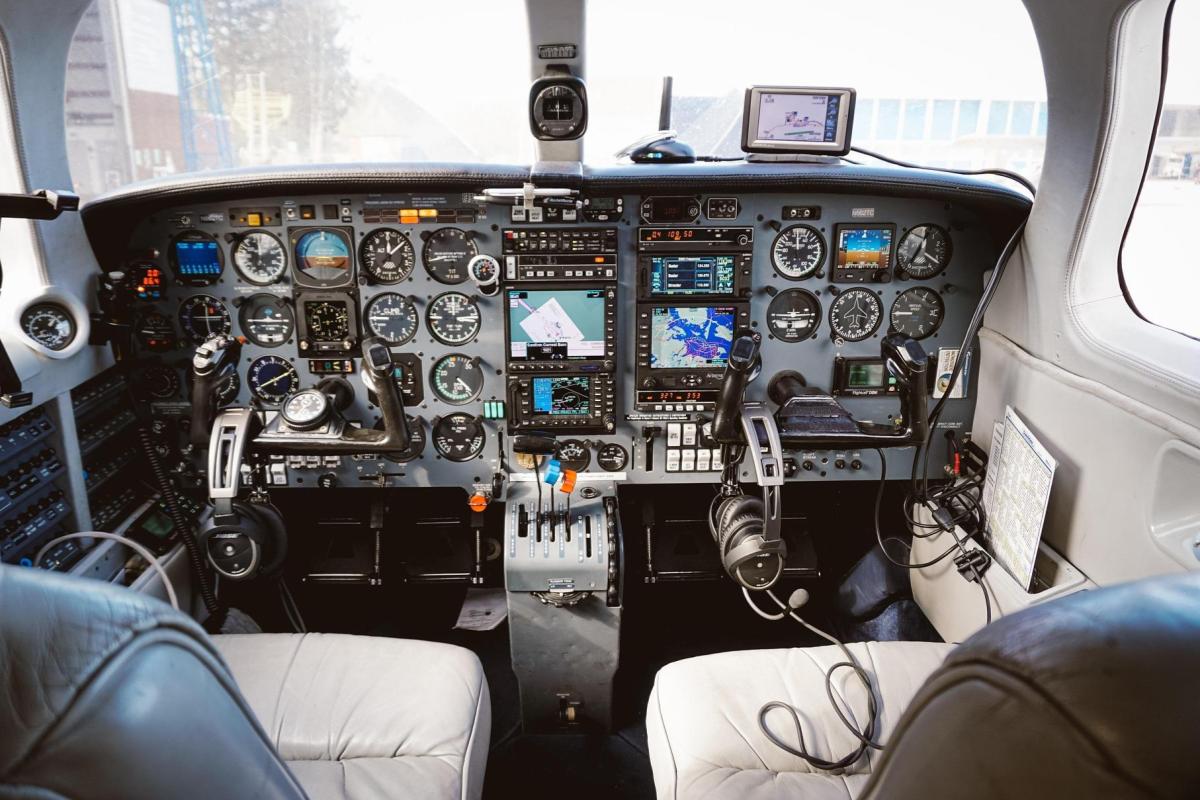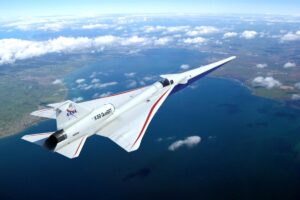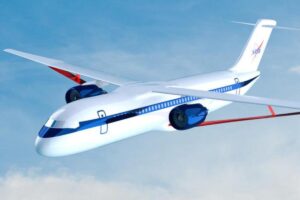SERIAL to ARINC429 Protocol Converters for Seamless Integration
As avionics systems evolve, the need to integrate legacy serial equipment with modern ARINC429-based systems is becoming increasingly critical. Protocol converters serve as the linchpin in achieving this integration, ensuring reliable data translation and maintaining system performance. This white paper explores the technology behind SERIAL to ARINC429 protocol converters, their application in aviation systems, and the key considerations for effective deployment.
Serial communication protocols such as RS-232, RS-422, and RS-485 have long been the backbone of various avionics and ground support systems. Meanwhile, ARINC429 remains a dominant standard for data communication in commercial and military aircraft. Bridging these technologies is essential for maintaining compatibility and extending the life of legacy systems while incorporating modern capabilities.
This paper delves into how SERIAL to ARINC429 protocol converters enable seamless integration by translating data formats, ensuring timing synchronization, and maintaining electrical compatibility.
Serial communication protocols transmit data one bit at a time, making them simple, cost-effective, and widely used across different systems.
2.1 RS-232 RS-232 is one of the earliest serial communication standards. It is primarily used for short-distance, point-to-point connections and features unbalanced signal transmission.
2.2 RS-422 RS-422 improves upon RS-232 by enabling differential signaling, which allows for longer cable lengths and higher data rates.
2.3 RS-485 RS-485 supports multi-point connections and is suitable for more complex networks where several devices share the same communication bus.
Each of these standards has its unique electrical characteristics and application niches, which influence the design and functionality of protocol converters.
ARINC429 is a point-to-point data bus protocol widely used in commercial and military aircraft. It features unidirectional data flow and standardized word formats.
3.1 Word Structure ARINC429 messages are 32-bit words comprising label, source/destination identifier (SDI), data, sign/status matrix (SSM), and parity.
3.2 Data Rate The standard supports two data rates: Low Speed (12.5 kbps) and High Speed (100 kbps), depending on the application.
3.3 Application Scenarios ARINC429 is commonly used for transmitting data between aircraft subsystems, such as navigation, flight control, and engine monitoring.
Many avionics systems are a blend of legacy and modern components. Protocol conversion becomes essential when:
- Retrofitting older aircraft with new subsystems
- Integrating commercial-off-the-shelf (COTS) devices
- Linking maintenance and diagnostic tools with onboard systems
Protocol converters allow for the interoperability of devices that were not originally designed to communicate with each other, thereby enhancing system longevity and reducing upgrade costs.
5.1 Data Mapping These converters translate serial data into ARINC429 word formats. This involves mapping data fields appropriately to the ARINC429 word structure.
5.2 Electrical Conversion Signal levels and impedances differ between SERIAL and ARINC429. Converters must adjust these levels to maintain signal integrity.
5.3 Timing and Synchronization Accurate timing is critical. The converter must ensure that data sent over ARINC429 adheres to its timing and parity rules.
5.4 Directionality Converters may support uni-directional or bi-directional communication, depending on the application requirements.
- Multi-Protocol Support: Compatibility with RS-232, RS-422, and RS-485
- Customizable Data Mapping: User-defined settings for flexible integration
- Rugged Design: Compliance with environmental standards like MIL-STD-810G
- Low Latency: Real-time data conversion for mission-critical applications
- EMI Shielding: Adherence to EMC standards such as MIL-STD-461
- Power Efficiency: Compatibility with MIL-STD-704 power systems
7.1 Flight Data Recording Converting serial data from sensors into ARINC429 format for centralized flight data recording.
7.2 Cockpit Display Systems Integrating serial-based GPS or weather sensors into ARINC429-compatible cockpit displays.
7.3 Ground Support Equipment (GSE) Allowing maintenance tools using serial interfaces to communicate with ARINC429 systems for diagnostics and updates.
7.4 Retrofit Programs Upgrading avionics in aging aircraft without replacing all existing serial-based subsystems.
8.1 Data Rate Mismatches Serial protocols may operate at variable baud rates, while ARINC429 has fixed rates. Buffering and rate-matching techniques are employed.
8.2 Error Handling Protocol converters must implement error detection and correction methods suitable for both protocols.
8.3 Message Prioritization ARINC429 doesn’t natively support prioritization, so the converter must manage message scheduling based on application needs.
8.4 Configuration Complexity Advanced converters include user-friendly interfaces and software for easy configuration and monitoring.
- Protocol Compatibility: Support for all required serial standards
- Environmental Ratings: Suitability for operational environment (temperature, vibration, EMI)
- Size and Weight: Compact and lightweight designs for space-constrained environments
- Regulatory Compliance: Conformance with DO-160, MIL-STD-461, and ARINC standards
- Vendor Support: Availability of documentation, software tools, and technical support
10.1 Modular Architectures Future converters will support plug-and-play modules to adapt to multiple protocols with a single unit.
10.2 Cybersecurity Enhancements With increasing connectivity, built-in security features such as encryption and authentication are gaining importance.
10.3 AI-Driven Diagnostics Incorporating AI to monitor and predict faults in protocol conversion systems.
10.4 Higher Integration Levels Integration of protocol conversion with other functions such as data logging or signal conditioning to reduce system complexity.
SERIAL to ARINC429 protocol converters are vital for maintaining compatibility and extending the functionality of legacy systems within modern avionics architectures. By carefully selecting and implementing these devices, system integrators can achieve seamless data translation, enhanced reliability, and long-term operational success. With ongoing advancements in modularity, security, and AI, these converters will continue to play a pivotal role in the evolution of avionics systems.





